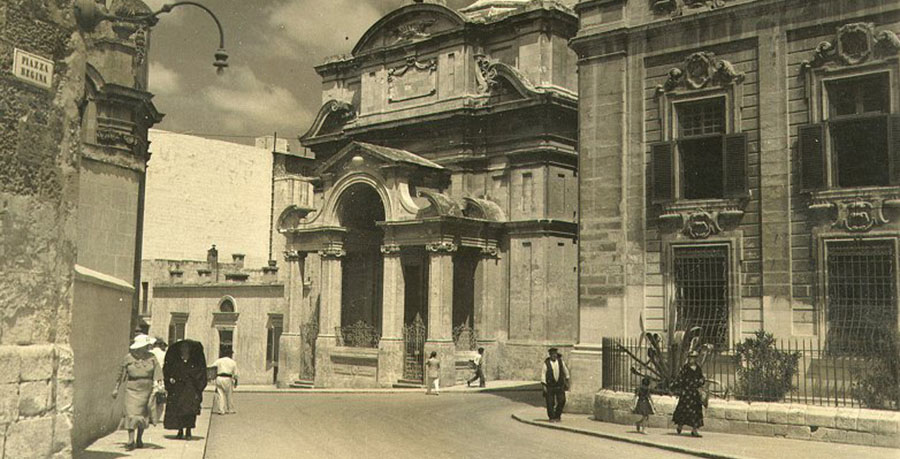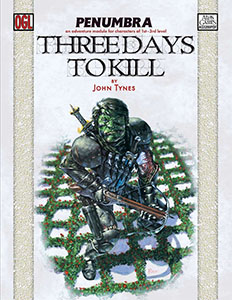Go to Eternal Lies: The Alexandrian Remix
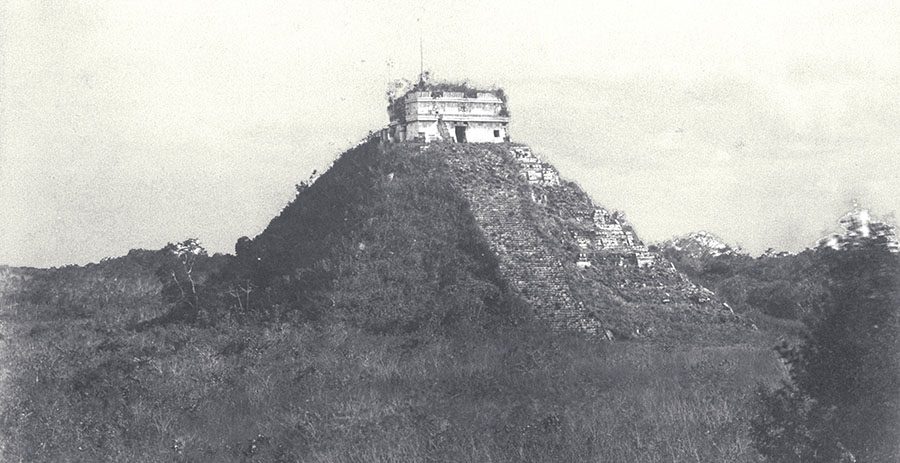
Campaign Notes – Diorama – Props Packet
The Yucatan marks a shift in the organization of my notes for the campaign. Form, in this case, follows function. Whereas the other locations up to this point in the campaign are designed as mysteries (which are best handled by a node-based structure), in the Yucatan the PCs are primarily concerned with mounting an expedition to discover the lost ruins of Chichen Xoxul.
Therefore, the node structure is foregone and I’ve instead used a collection of sequences and locations to organize the material. The exception is minor miscellaneous investigations, research, and preparations that can be undertaken when the PCs first arrive in the Yucatan. (These have been grouped together as Prologue: Merida.)
This is one of my favorite sections of the campaign. And it was, in fact, while reading the conclusion of the Yucatan location that I became resolved to run the campaign. For the most part, I’ve merely contented myself with enriching and expanding the material (particularly around the mythology of Gol-Goroth), but there are a few key changes to keep an eye out for:
LOCATION OF CHICHEN XOXUL: In the original campaign, the location of Chichen Xoxul appears to be something of an open secret. (There even seems to be a standard location where people park their trucks before hiking out to see it.) That seemed a little strange to me, so I’ve made it a little more remote and I’ve made its location a little more mysterious. (The PCs still shouldn’t have any real difficulty finding it. There are, in fact, multiple ways for them to track it down. But hopefully it will feel like they’re actually tracking it down, and not just grabbing a brochure from the local tourist bureau.)
GOLXUMAL vs. GOL-GOROTH: In the original campaign, Golxumal is an alternative name for Gol-Goroth and also the name of the moon where the Xoxul live. Because I was working to incorporate global Gol-Goroth lore into the campaign, I decided to completely separate the two terms: Golxumal is the moon. Gol-Goroth is the Mythos god. (Although a few Western scholars do screw it up in the handouts.)
RESCUING FRANCISCO DE LA BELALCAZAR: I’ve specifically made it possible to rescue Francisco de la Belalcazar. (The PCs might manage to release him back into his own time, which could theoretically change history. More likely is that they’d bring him back to contemporary times, which could lead to an interesting interchange between Franscisco de la Vega and his distant ancestor.)
EXPEDITION GUIDELINES
I’ve added a set of detailed guidelines that will allow the players to actually plan their expedition. It’s nothing too extravagant and it shouldn’t turn your campaign of Lovecraftian horror into a session of Wilderness Expedition Logistics, but it should give just enough meat to give the PCs some meaningful decisions in Merida. The key elements are:
ORGANIZING: Any character with Outdoorsman can efficiently organize an expedition. Alternatively, a guide can be hired to provide the expertise. If not, add +1 to any Credit Rating spends associated with the expedition.
SUPPLIES: 1-point Credit Rating spend per week of supplies.
PORTERS: 1 porter per investigator and guide. For an expedition lasting longer than three weeks, double the number of porters. 1-point Credit Rating spend per porter. An Interpersonal ability is necessary to keep the porters well organized, although a guide will also generally take care of organizing the porters.
NAVIGATION: Outdoorsman can navigate to generally known locations. Local guides can provide guidance. For unknown locations, additional skills and/or spends may be necessary.
These costs can be reduced through the application of other skills (like Bargain, for example). Detailed notes are given in the prep notes.
MEETING GOL-GOROTH
At the end of the Yucatan location, the PCs have the opportunity to “meet” Gol-Goroth. In the published campaign, the initial moment of telepathic contact is a horrific experience during which  Gol-Goroth goes rummaging through the minds of the PCs and they all collectively share a set of memories as he yanks them out to look at them.
Gol-Goroth goes rummaging through the minds of the PCs and they all collectively share a set of memories as he yanks them out to look at them.
And then I thought to myself: Wouldn’t it be cool if that’s how Gol-Goroth communicated? If he existed on such a completely different plane of existence that the only way for him to actually interact with a human being was by shuffling around their own thoughts?
In the end, I designed the encounter with Gol-Goroth around three techniques.
MEMORY MANIFESTATIONS: The investigators’ psyches are intermixed and tangled as Gol-Goroth paws through them. The idea that he’s attempting to communicate either comes from a gestalt of these memories or by transforming/combining them. (Go around the table and ask each player to share a memory of the specified type from their investigators’ past.)
VISIONS: Gol-Goroth simply shows them a vision of what he wants them to know.
APPROPRIATED BODIES: Gol-Goroth takes control of one or more investigators and speaks through them. (A technique I discovered during play – and which, therefore, isn’t represented in the remix notes – is to break up the declarations made through appropriated bodies and give them to each player to read aloud.)
As you’ll see in the remix notes, each major concept that Gol-Goroth wishes to communicate is packaged using some combination of these ideas. (And it’s actually quite trivial to improvise additional interactions if the players take the conversation in unexpected directions.)
My players encountered Gol-Goroth quite late in the campaign, which meant that the revelations of various memories and thoughts were a penultimate culmination of everything that these characters had experienced and a final exploration of all the aspects of them that had been developed through play. But the scene would probably play just as well near the beginning of the campaign (as a way of developing depth that would be explored through the rest of the campign) or the middle of the campaign (as a pivot point in that development).
PROP NOTES
PHOTOS OF THE SPAWN OF GOL-GOROTH: The idea here is that each player gets a different photograph of what the Spawn looks like without showing the other players. (Once the characters have a chance to compare notes, it’s fine if they flip the photos over.) This worked particularly well in my play-thru of the campaign because one of the PCs peeked around the corner, saw the Spawn eating corpses they had left on the Plaza, said “nope, nope, nope”, and skedaddled back to where the other PCs were waiting. The players thought the reason I handed her the photo face down was because they hadn’t seen the creature yet, so I got an inadvertent double whammy of having one of the players try to describe the horrible thing they had seen and then, later, revealing the “you all see something different” gimmick.
PHOTO OF THE PYRAMID: This is a really cool photo of a heavily overgrown Mayan pyramid. It is not, however, a perfect rendition of the pyramid at Chichen Xoxul. (Most notably, the backdrop behind the pyramid should be a thick and tangled jungle. It’s also a little too small, the structure on top isn’t quite right, and the observatory slits aren’t present.) Even while giving the proviso that “this photo isn’t 100% accurate”, I still found the photo an effective way to shake loose the popular image of modern Chichen Itza in the minds of my players and replace it with the image of a truly ruined complex. (This was important for me because I wanted to strongly contrast it with the image of an immaculate temple complex during the observatory sequence.)
I also used a small, miniature version of the Chichen Itza pyramid that I purchased while vacationing there about a decade ago. Having the 3D representation was a nice reference and then it lived on the gaming table for the rest of the campaign as another memento of their journey. The closest version I’ve been able to find online is a model kit of Kukulcan, which is really cool but considerably more expensive.


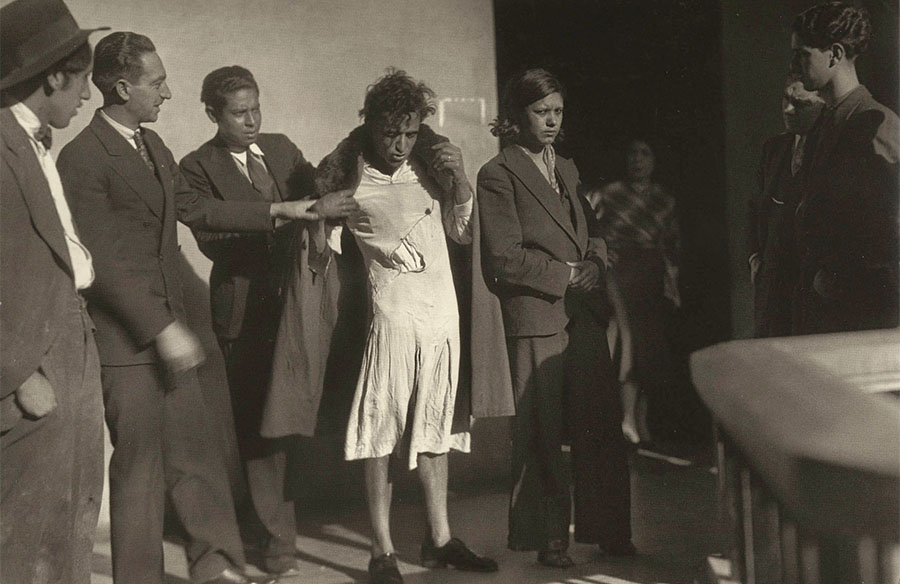
 The author then seems to realize he’s made a mistake, because he includes an entire section dedicated exclusively to discussing how to railroad the PCs back out of the trap you’ve railroaded them into in order to avoid the inevitable TPK.
The author then seems to realize he’s made a mistake, because he includes an entire section dedicated exclusively to discussing how to railroad the PCs back out of the trap you’ve railroaded them into in order to avoid the inevitable TPK.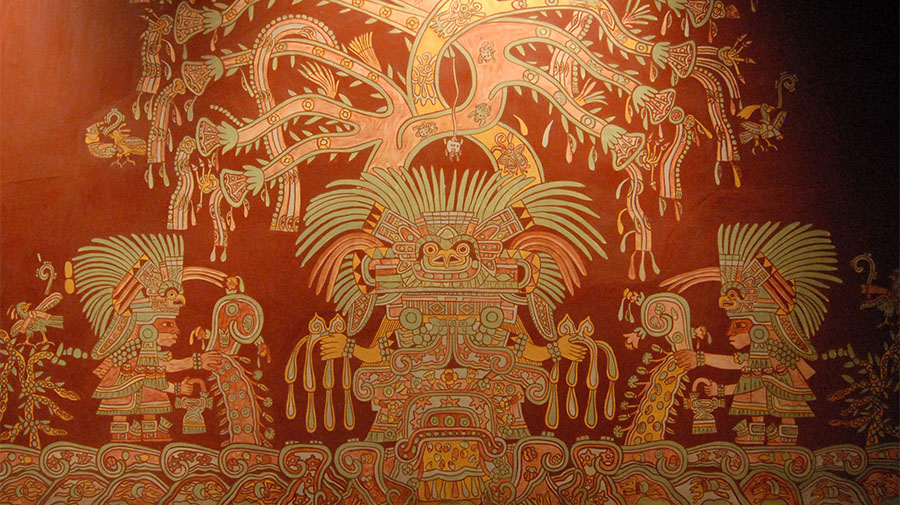
 I have occasionally run into individual players who do this. (Sometimes for legitimate reasons.) The most common variant is, “I set up a safe house and hole up.” The second most common variant is, “I want to be a special snowflake and go off by myself.”
I have occasionally run into individual players who do this. (Sometimes for legitimate reasons.) The most common variant is, “I set up a safe house and hole up.” The second most common variant is, “I want to be a special snowflake and go off by myself.”